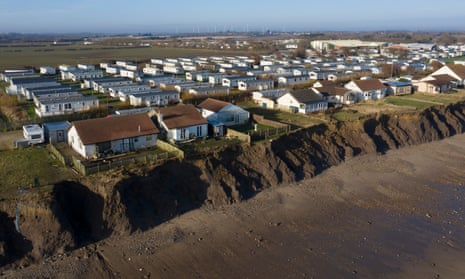One criticism made of politicians is that their policy and vision for the future only extends as far as the next election. It is alarming to discover that banks have an equally short horizon – three to five years, according to the Bank of England.
Across the North Sea in Denmark, Nationalbank has become so alarmed at this short-termism it has produced a series of warnings about the stability of its financial system. It says that long-term lending, 20 to 30 years, needs to take into account the climate crisis and the catastrophic write-down in the value of assets that may result from flooding.
The bank’s fears stem mainly from sea level rise because Denmark has more than 8,000km (4,970 miles) of coastline and a lot of valuable installations close to the sea. Perhaps the Bank of England, behind London’s Thames Barrier, has got complacent. Along the east coast of England much coastal infrastructure and many homes are at least as vulnerable to storm surges as those on the other side of the North Sea. Maybe it will take a disaster on the scale of the east coast’s 1953 “Big Flood” to wake up UK banks to the potential financial danger of a changing climate. Let us hope their reserves can survive the shock.

Comments (…)
Sign in or create your Guardian account to join the discussion